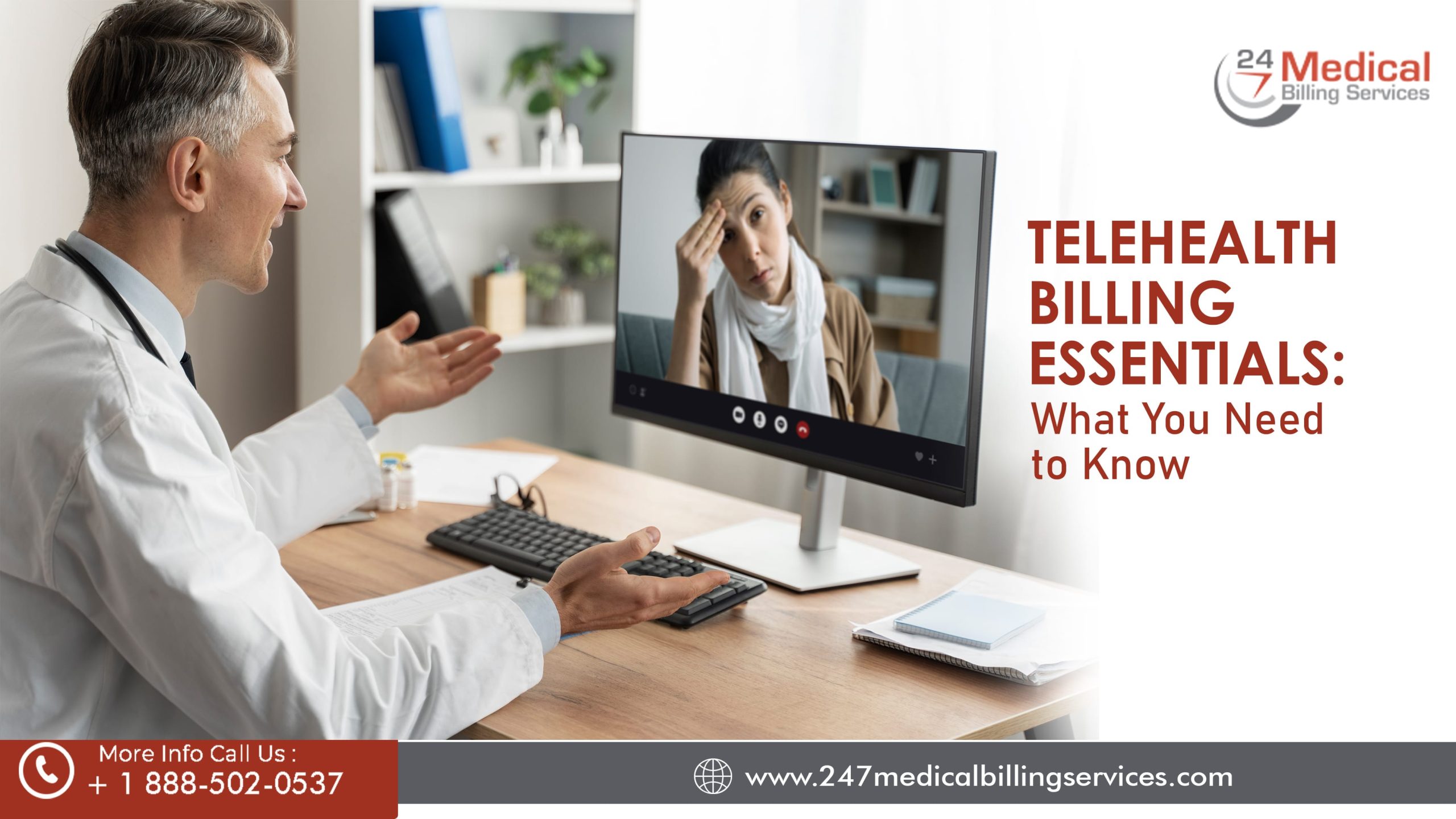
Telehealth Billing Essentials: What You Need to Know
The rise of telehealth, the use of telecommunications technology for remote healthcare delivery, has transformed the way patients access medical services. It offers convenience, increased accessibility for patients in rural areas, and improved chronic disease management.
However, telehealth billing presents a unique set of challenges compared to traditional in-person visits. Here, we will explore the essentials and aspects of telehealth billing to ensure you get reimbursed accurately for your services.
Understanding the Nuances of Telehealth Billing
Telehealth billing involves navigating a complex landscape of regulations set by different payers. Here's a breakdown of the key players:
- Medicare: The federal health insurance program for seniors has expanded its coverage for telehealth services in recent years. However, specific requirements regarding place of service, originating sites, and eligible healthcare professionals exist.
- Medicaid: Each state administers its own Medicaid program, and telehealth coverage guidelines can vary. It's crucial to stay updated on your state's Medicaid telehealth policies.
- Commercial Insurers: Private insurance companies have varying levels of coverage for telehealth services. Understanding their specific telehealth billing guidelines is essential for accurate reimbursement.
As per survey by the American Medical Association, 96% of physicians reported using telehealth in the past year. This rapid growth necessitates staying informed about the constantly evolving regulations for telehealth billing at both the federal and state levels. According to, American Telemedicine Association every state's medical licensing board can provide valuable updates.
Key Aspects of Telehealth Billing
1. Verifying Patient Eligibility:
Before any telehealth encounter, confirm your patient's insurance coverage for telehealth services. This helps avoid denied claims and potential patient financial burden.
2. Selecting the Correct Billing Codes:
Telehealth services are billed using specific Healthcare Common Procedure Coding System (HCPCS) codes or Current Procedural Terminology (CPT) codes. These codes depend on the type of service provided during the telehealth visit. For instance, a video consultation with an established patient might use CPT code 99214, while remote patient monitoring could involve HCPCS code G0256.
3. Using Modifiers for Telehealth Services:
Most payers require adding modifiers to the primary billing code to indicate the telehealth nature of the service. Common modifiers include -
- “GT” for telephone consultations
- “U1” to “UD” for real-time audio-visual consultations
depending on the duration of the visit.
4. Documentation for Accurate Billing:
Thorough medical record documentation is crucial for accurate telehealth billing. This includes:
- Patient Consent: Documenting the patient's informed consent for the telehealth encounter.
- Telehealth Visit Details: Capture the date, time, and duration of the virtual visit.
- Diagnosis and Treatment Plan: Document the diagnosis, and treatment plan discussed during the telehealth visit.
Additional Considerations in Telehealth Billing
- Place of Service Codes: Payers often require specific place of service codes to indicate the location where the telehealth service was delivered. Understanding your state's regulations around these codes is essential.
- Geographical Restrictions: Some insurance plans may have geographical restrictions on telehealth coverage. For example, the plan might only cover telehealth services delivered within the state where the patient resides. Being aware of such limitations helps avoid claim denials.
- Streamlining the Telehealth Billing Process: Consider using telehealth-specific billing software to streamline the process. These tools can automate tasks like code selection, modifier application, and claims submission, improving efficiency and reducing errors.
Frequently Asked Questions (FAQs) about Telehealth Billing
Q: How do I bill a telehealth visit differently from an in-person visit?
A: You'll use different codes (HCPCS or CPT) and add modifiers (GT, U1-UD) to indicate it was a telehealth encounter.
Q: Why should consider 24/7 Medical Billing services for telehealth billing?
A: We can ensure requiring knowledge about the latest rules and maximizing reimbursement.
Outsource Telehealth Billing
Here's where a telehealth billing services company can become your trusted partner. 24/7 Medical Billing Services handle the complexities of telehealth billing, allowing you to focus on what matters most providing excellent care to your patients.
Imagine the time saved, the reduced stress, and the peace of mind of knowing your practice is getting the full financial benefit of your telehealth services. Contact us today and see how we can help your practice thrive in the exciting world of telehealth!


.png)
